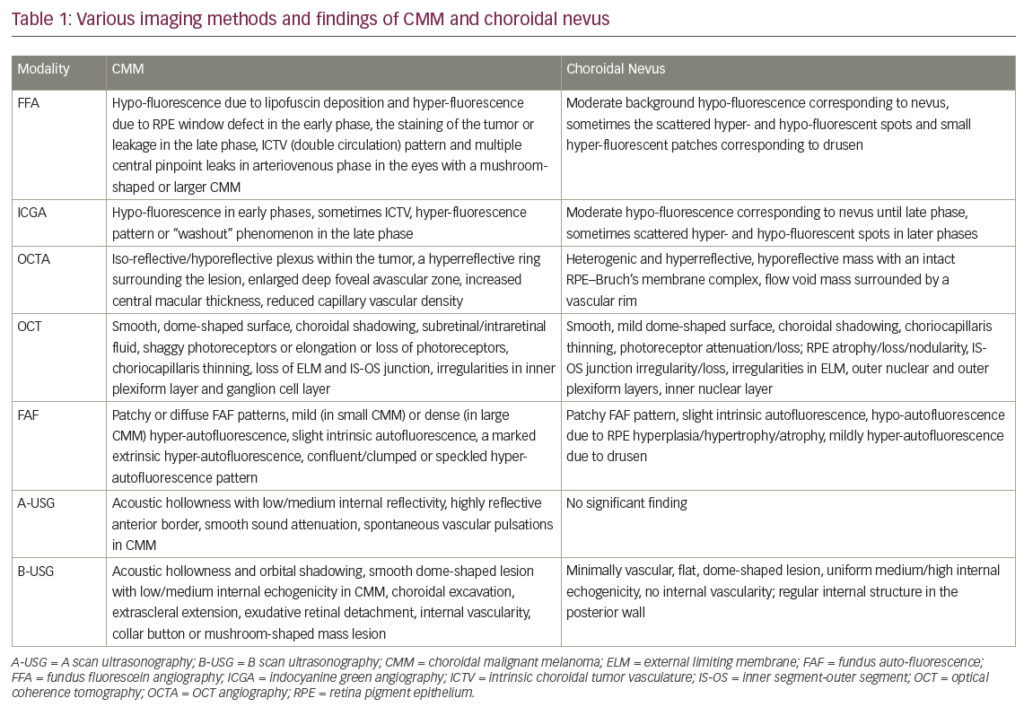Case Report
An 18-year-old male presented to us with a 6-month history of slowly enlarging, painless mass in his right upper lid resulting in progressive ptosis. Ocular examination was suggestive of a firm, nontender nodule 2 × 1 × 1 cm in size on the left upper lid. The mass was nonadherent to the skin and was mobile on palpation.
There were no clinical findings indicative of neurofibromatosis (see Figures 1 and 2).
The patient was operated under local anesthesia. Two silk sutures were taken near the lid margin to provide traction if required during surgery. The globe was secured with an entropion plate. Lid crease incision was performed superficial to tarsal plate. The lesion was isolated from the surrounding tissue by blunt dissection. The capsule was present over the lesion. Dissection was easily carried out in the extra capsular plane except for the lower portion of around 2 × 2 mm, which was found adherent with tarsal plate. The lesion was excised completely along with some part of tarsal plate. No communication with the supraorbital nerve could be identified (see Figures 3 and 4).
The tarsal plate was sutured with 6-0 vicryl continuous sutures. Skin was sutured with interrupted 6-0 vicryl. Eyelid movements were present on table. Patient’s ptosis was recovered on first post op day (see Figures 5 and 6).
Gross Examination
The tumor was an encapsulated nodular lesion 2.4 x 1.7 x 1.5 cm in size. The consistency was firm with whitish appearance at cross section (see Figures 7 and 8).
Microscopic Examination
H & E stained sections showed alternating areas of highly cellular (Antoni A) and hypocellular (Antoni B). The spindle cells of the Antoni A cells, which contain elongated nuclei arranged in fascicles, nuclei tend to palisade (see Figure 9).
Antoni B area homogenous acellular material, in which the cells were more oval, and had rounded nuclei, clear cytoplasm, and less basement membrane, was loosely entwined within a clear myxoid matrix.
Discussion
Proliferating Schwann cells of the peripheral nerve make up Schwannoma—a rare benign neurogenic tumor. It is a neoplasm that occurs wherever Schwann cells are present, that is, in any myelinated peripheral nerve. In most cases, while schwannoma is sporadically manifested as a single benign neoplasm, the presence of multiple Schwannoma is usually indicative of neurofibromatosis-2. Our patient had isolated eyelid Schwannoma with no family history or clinical findings of neurofibromatosis-1 or -2.
Clinically, the tumor is a solid, slowly progressive and painless mass. Due to its rarity and unusual location, eyelid Schwannoma is frequently confused with other diagnosis, such as chalazion or inclusion cyst. In our case, the patient presented with solid slowly enlarging, painless mass of 6-month duration. Literature suggests that the tumor, though rare, can be present in both upper and the lower eyelids. Macroscopically, they appear to be well demarcated, they usually grow very slowly, and are asymptomatic. Microscopically, they may demonstrate a biphasic pattern with areas of highly cellular (Antoni type A) and myxoid matrix (Antoni type B).1 The cells tend to align themselves into compact parallel rows, with intermittent dense anucleate zones. In other locations, a poor prognosis has been described if the cells are fusiform, contain melanin granules, or if epithelioid cells are present.1 Nevertheless, malignant transformation has not been reported in eyelid Schwannomas.
The most important feature in its diagnosis remains the strong reactivity to S100 protein by immunohistochemistry, particularly in Antoni type A areas. Despite sometimes striking cytologic atypia, mitotic figures are rare. It is postulated that degenerative changes occur due to the long period of time over which large Schwannomas develop.1
The age range in the adult group of published cases (>40 years) was between 19 and 63. The size of the tumor ranges from few millimetres to 3.5 cm.2
Management of Schwannoma of the eyelid is complete excision with clear margin to establish the histopathologic diagnosis and prevent recurrence. Incomplete removal is associated with eventual recurrence and more aggressive behaviour. There have been anecdotal reports of malignant changes in a previously incompletely excised benign Schwannoma. The swelling also tends to transgress tissue planes and grow rapidly on incomplete excision.3,4 An attempt to preserve continuity of nerve should be made, but this is not always possible and does not appear to have any major consequences at this site.
Informed consent was received from the patient involved in the study.










